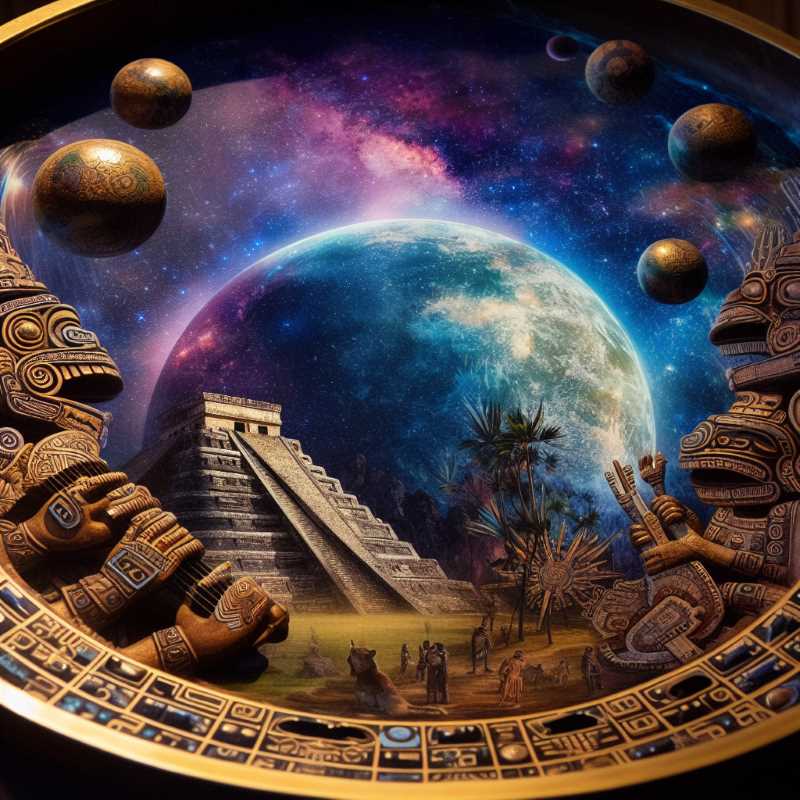Mayan Soundscapes Revealed through Ancient Instruments
Francisca Zalaquett Rock, a UNAM academic, pioneers the integration of sound into Mayan studies. Through the Mayan Sound Universes project, ancient musical instruments reveal cultural significance, architectural planning, and rituals. This research expands our understanding of Mayan civilization.

In the realm of archaeology, our understanding of ancient civilizations has predominantly been shaped by the analysis of visual elements, leaving the auditory dimensions overlooked. However, Francisca Zalaquett Rock, an academic at the Center for Mayan Studies of the Philological Research Institute of the UNAM, is challenging this paradigm through her groundbreaking work on integrating sound aspects into the study of Mesoamerican communities, particularly the Mayan civilization.
Zalaquett Rock and her team have embarked on an ambitious project, the “Diachronic study of the acoustics, use, function and meaning of Mayan musical instruments,” aiming to unravel the sonic mysteries of Mayan culture. The Mayan Sound Universes website (http://www.universosonoromaya.unam.mx/), a testament to their efforts, offers a unique platform for exploring acoustic elements from pre-Hispanic to contemporary times. For the first time, enthusiasts can listen online to the “primary” sounds emitted by pre-Hispanic musical instruments preserved in museums.




